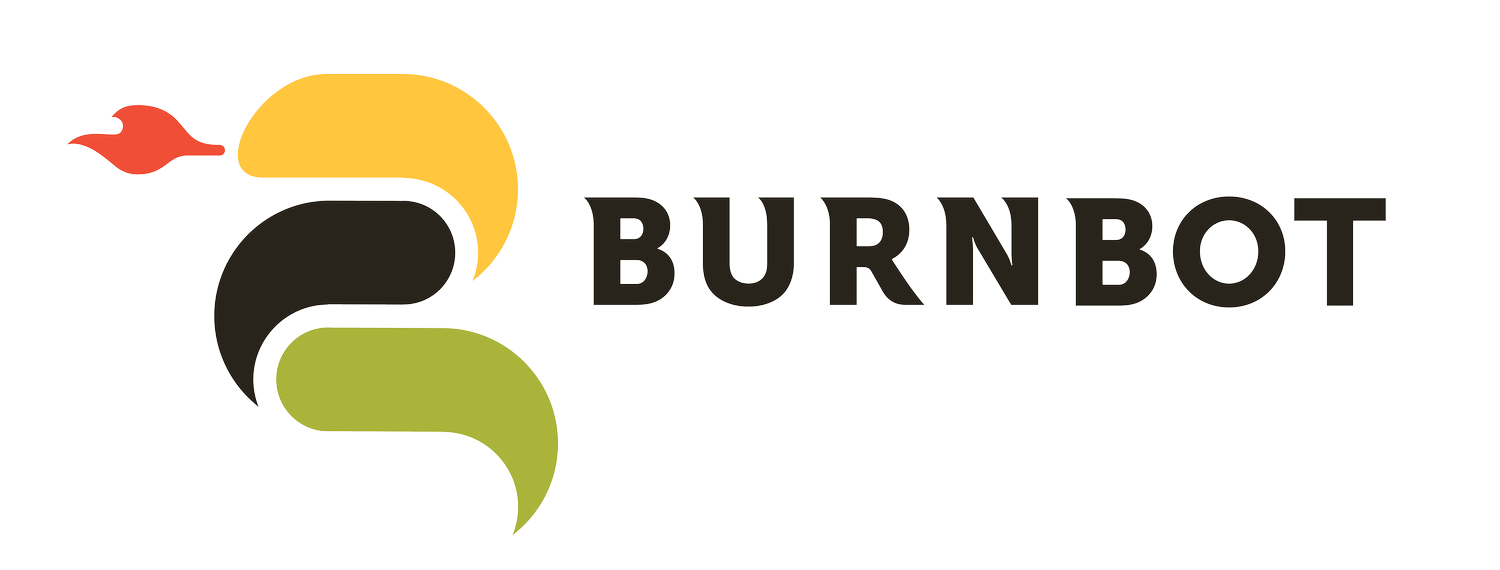Introducing the BurnBot RX1 at the Wildfire Technology Management Summit
BurnBot’s RX1 blacklining technology was revealed at the WTM as a key tool in the preventative prescribed fire movement.
Aerial photo of the BurnBot RX1, remote masticator, and outdoor display at the Wildfire Technology Management Summit
Exploring advancements in technology for fire agencies.
The 2023 Wildfire Technology Management Summit hosted by the Institute for Defense and Government Advancement created an opportunity for agency collaboration and connection. Discussions centered on data driven decision making and cutting edge technology to prevent, detect, suppress, and mitigate the impact of destructive wildfires.
Solutions that pair human expertise with technology are emblematic of the need for scale to respond to increasingly severe fire seasons in the west.
Wildfire Prevention and Mitigation
Best practices for prevention and mitigation learn from history and are focusing on coordinated efforts that make the lives of our fire workforces better.
The use of prescribed fire for the natural ecology and life cycle of forests is a traditional practice of Indigenous Tribes. Doug Cram, Extension Forest and Fire Specialist highlighted prescribed fire as a proven tool for reducing the destructive capacity of wildfires.
Gordy Sachs, from The U.S. Forest Service recognized the significance of global fire management committees for a global wildfire management policy as imperative to unlock a coordinated approach to governance. The USFS is also working with aerial drone technology as one of the many tools for mapping and monitoring wildfire territories.
Jeff Rupert from the Office of Wildland Fire, Department of Interior showcased efforts centered on workforce capacity building through supportive resources such as compensation, mental health, physical safety, hiring, and additional training.
Tech-forward Fuel Treatment: The BurnBot RX1
While prevention and mitigation are desired, few existing technologies are able to systematically amplify our workforce efforts. BurnBot is using technology to create safer, more precise tools that build workforce capacity by scaling fuel treatment to prevent destructive wildfires. The BurnBot team led by Dr. Waleed “Lee” Haddad and Dr. Anukool Lakhina recently completed a new innovation that was unveiled at the WTM.
The BurnBot RX1 is a first of its kind remote technology that delivers precise and safe blackline burns for fuels reduction and prescribed fire projects. The RX1 has a mobile burn chamber that uses controlled propane torches and inward air flow to catch embers as a part of the flame containment system. High temperatures and high oxygen allow the torches to burn the smoke within the chamber while extinguishing the blackline on the ground. This modern fuel treatment system recognizes and supports conservation efforts with a clean, minimal (if any) smoke processing.
The RX1 technology helps prescribed fire practitioners to safely burn in unfavorable conditions. Importantly, the BurnBot system contains workload multiplying hardware that allows more acres of fuel treatment to be completed with existing workforces.
Joining our remote operated mastication for any landscape and safe aerial ignition, the RX1 blacklining technology rounds out the current BurnBot system. Together, BurnBot is the most precise and expansive approach to prescribed burns on the market.
Technology for Fire Detection and Response
Critical to the threat wildfires pose to the WUI is the need to quickly detect and react once they begin. Many organizations are working on a spectrum of tools with a large focus on technologies that address fire detection and rapid response.
Remote sensing and satellite technologies provide valuable data for monitoring and mapping wildfires. Recent advancements in cloud computing are furthering high-resolution observation capabilities for detecting fire ignition, tracking fire progression, and assessing burn severity. Advanced satellite systems and AI/MIL are driving improved mitigation and response efforts in high risk regions. See more from Planet.
NASA Earth Science and Applied Sciences Wildfire team is advancing timelier tracking and monitoring of wildfires for increasing national resilience applied at the community level. They’re working on providing information needed to act in the face of fire.
Notably, the XPRIZE Wildfire was announced at the conference, bolstering that platform for firefighting and the need for innovative technologies to end destructive wildfires.
Looking Forward…
Prevention and management technologies are imperative to our collective efforts to eliminate destructive wildfires. BurnBot is grateful to be a tool and a collaborator as we continue to work together on this mission.
If you’re interested in learning more, reach out to schedule our services.

